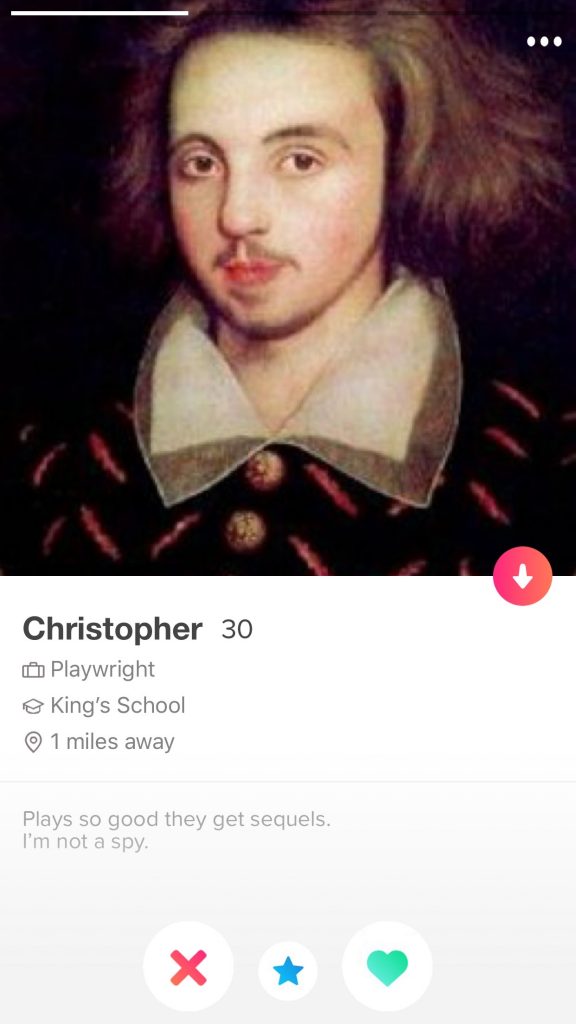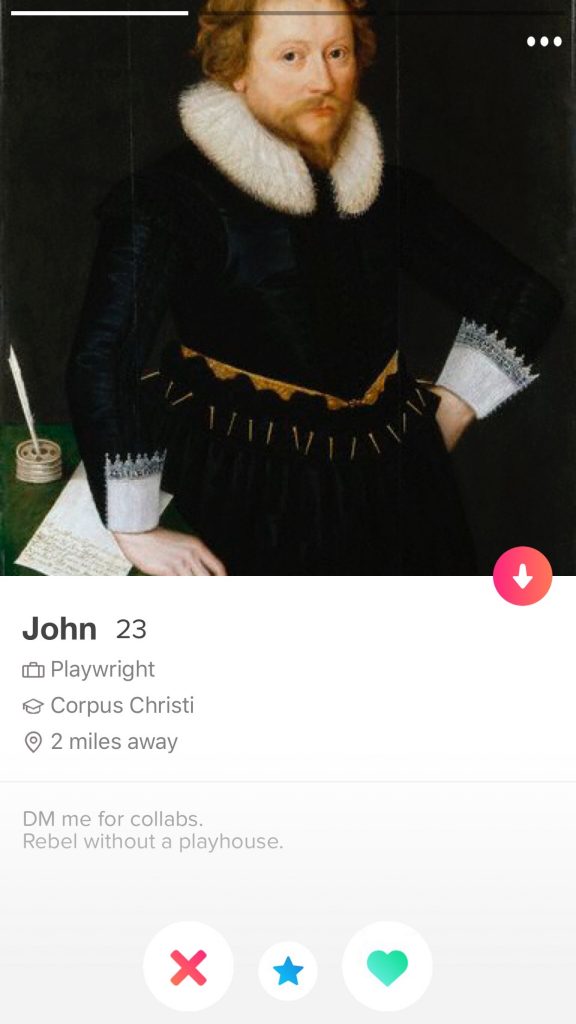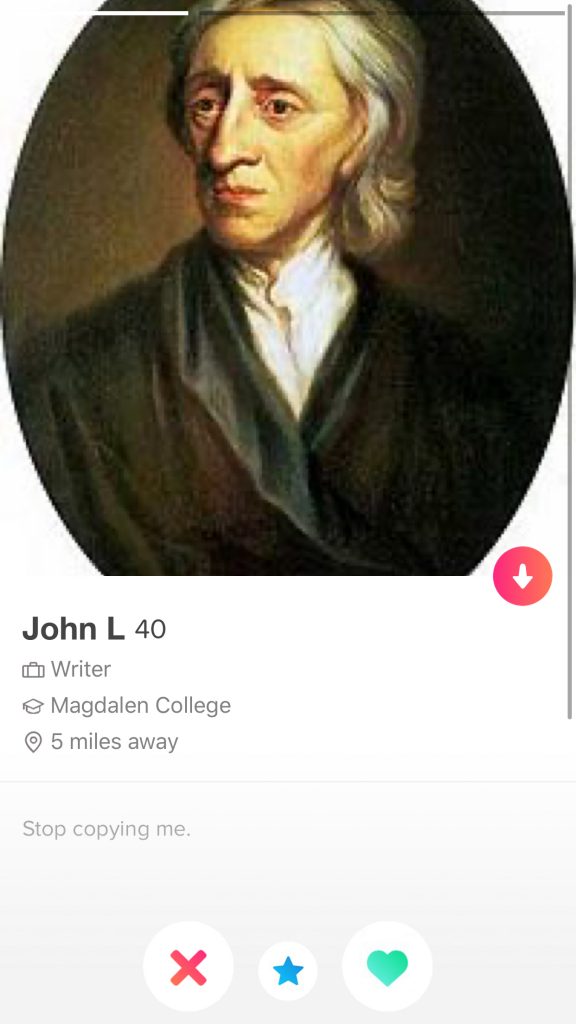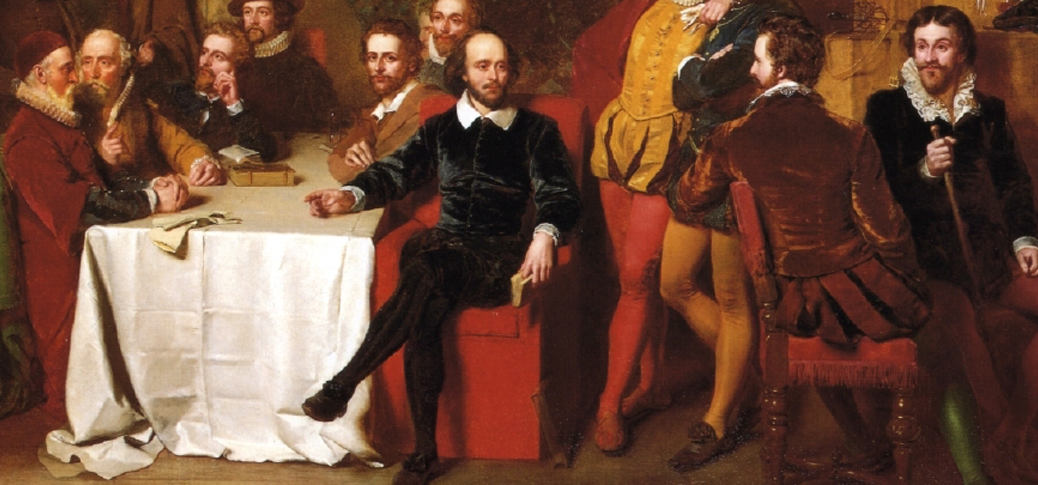It wasn’t just Shakespeare running about Southbank, throwing play scripts at every theatre available. No, there was far more competition and collaboration going on than you may have thought. As Janet Clare points out, ‘Shakespearean stage traffic… is marked by a critical and creative engagement” with other writers. Let’s meet some of them now:






As we may have a formula for comedy, drama, and tragedy today, Shakespeare also encountered and was influenced by works which were well received by audiences. After all, why wouldn’t you want to write a successful play? Follow the steps laid out by writers such as Lyly to construct your comedy and you’re almost guaranteed success.
This could explain why so many comedies started popping up around the same time: A Midsummer Night’s Dream, Twelfth Night, Gallathea, Volpone. The intertexuality of plays suggests a wider process of collaboration between writers and transformation of contemporary works and opens up a chance to analyse plays to highlight their allusions and relationships with other writing of the time.
Here’s a quote from Lyly to explain intertextuality:
‘Traffic and travel hath woven the nature of all nations into ours, and made this land like arras, full of device, which was broadcloth, full of workmanship. Time hath confounded our minds, our minds the matter…If we present a mingle-mangle, our fault is to be excused, because the whole world is become a hodgepodge’
The fanciful comedies of love that Lyly wrote for boy actors were the archetype for an english mode of comedy designed for a court audience. Lyly offered a model for comedy that was flexible and useful when Shakespeare’s play and ties with court were becoming stronger.
Through playtexts we can witness the inclusion of pastoral and mythology, a refined euphuistic style, displays of wit, godly and mortal love and chastity. These themes formed an example/blueprint for Shakespeare and later comedy plays especially. It could be said that Shakespeare in fact elevated Lyly’s dramaturgy to mould it into a more commercially successful enterprise, by featuring popular superstitions and royal entertainments.
A Midsummer Night’s Dream gives weight to this as the play was written for the company under the patronage of the Queen’s cousin. The greater likelihood of this play being performed to an aristocratic audience sees the play conform to a courtly aesthetic , another shared theme among these texts. The influence of performance space, and the audiences who filled this space, is a clear reason to include in the play the very people whom you wish to impress. What a bunch of brown-nosers.


Love the Tindr profiles! (That’s actually a painting of philosopher John Locke, but Google, in it’s infinite wisdom, claims it’s John Lyly- of whom we have no image.) Good use of linking to the OED to define ‘intertextuality’ and the use of the quote from Lyly’s preface: remember to give a reference (even if you got this from Clare, your reader would want to know which Lyly play it’s from). I think there’s something unusual about his use of different qualities of cloth as a metaphor for other texts (arras, broadcloth) and the idea of intertextuality as the weaving together of different threads: what do you think?